World
How the Proud Boys Shaped the Narrative of Antifa
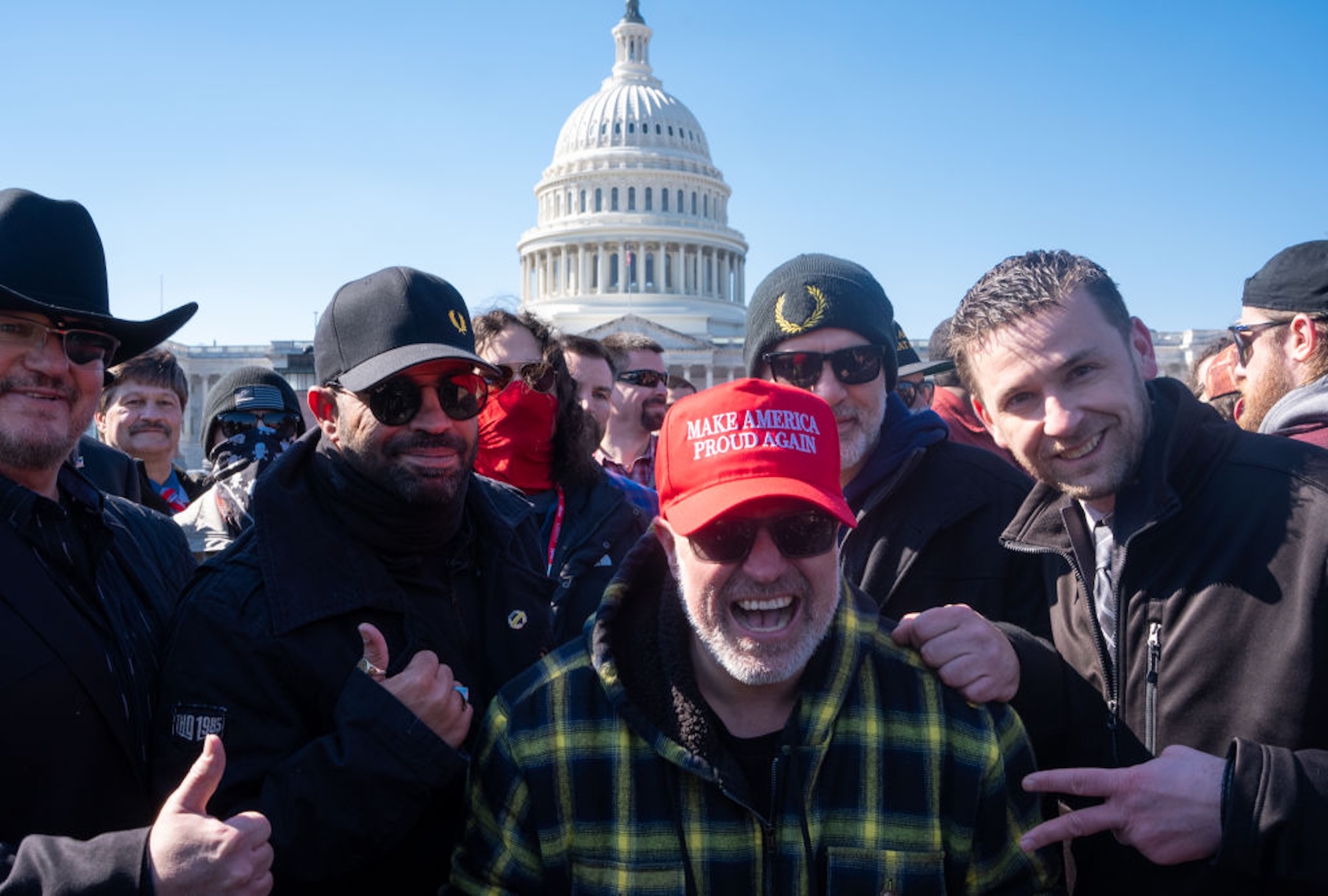
The narrative surrounding antifa has transformed significantly in recent years, largely influenced by far-right groups, particularly the Proud Boys. Recently, former President Donald Trump issued an executive order labeling antifa as a “domestic terrorist organization.” This characterization, however, has been widely criticized as lacking a legal basis and being rooted in misinformation.
Historically, antifa refers to antifascist activism, which has existed for decades, involving leftist individuals who oppose fascism through various means, including public protests. Nevertheless, the portrayal of antifa by Trump and his supporters diverges sharply from this reality. According to critics, the version of antifa depicted by the far-right is a constructed myth, serving to demonize those who resist authoritarianism.
Misrepresentation of Antifa and Its Origins
The executive order issued by Trump inaccurately describes antifa as a “militarist, anarchist enterprise” involved in organized violence and terrorism. This characterization has been labeled as a manipulation of historical facts, drawing comparisons to past instances where regimes sought to vilify their opponents. The invocation of antifa as a boogeyman echoes tactics used during the rise of the Nazis, who justified their actions through similar distortions regarding threats posed by leftist groups.
Far-right paramilitary organizations, such as the Proud Boys and the Oathkeepers, have played a pivotal role in creating the fantasy of antifa. They have used this narrative to legitimize their own violent actions under the guise of self-defense. This strategy became apparent during Trump’s first term, particularly in cities like Portland, Oregon, which faced increased scrutiny and violence from these groups. The Proud Boys actively targeted progressive strongholds, creating chaos as a means of provoking local responses.
The situation escalated dramatically in August 2020, when a member of a far-right group, Aaron Danielson, was shot and killed by leftist activist Michael Reinoehl. This incident solidified Danielson as a martyr for right-wing factions, further distorting the public perception of violence in political protests. The far-right narrative effectively shifted attention away from the prevalence of right-wing violence, framing it instead as a response to a fictitious leftist threat.
Modern Tactics and Responses
The tactics employed by the Proud Boys have evolved, with their influence extending into the mainstream political apparatus. Reports indicate that the group has shifted from street confrontations to a more integrated approach within the Republican Party. As Brian Beutler noted, the Trump administration has utilized federal forces, including the National Guard and Immigration and Customs Enforcement (ICE), to exert control over progressive cities, mirroring the tactics of the Proud Boys.
As the Proud Boys adopted a more subtle approach, they encouraged their members to infiltrate organizations like ICE, further blurring the lines between state authority and paramilitary activity. This strategy seeks to incite local populations, hoping to provoke violence that could then be used to justify further authoritarian measures.
In response to these provocations, activists in Portland have employed creative tactics to undermine the far-right narrative. Protesters have shown up wearing inflatable animal costumes, creating a stark contrast to the aggressive image that Trump and his supporters aim to portray. Such actions highlight the absurdity of the situation and defuse the potential for violent confrontations.
The ongoing struggle against the manipulation of the antifa narrative underscores the need for vigilance in political discourse. While these tactics may appear effective, history has shown that the best way to counter authoritarianism is to refuse to engage in the violence that is sought by those in power. Instead, absurdity and humor can serve as powerful tools in challenging the distorted narratives propagated by groups like the Proud Boys.
The evolution of the antifa narrative is a reminder of the impact that misinformation can have on public perception and political action. By understanding the historical context and the motivations behind such narratives, individuals can better navigate the complexities of contemporary political landscapes.
-

 Science1 week ago
Science1 week agoResearchers Challenge 200-Year-Old Physics Principle with Atomic Engines
-

 Politics1 week ago
Politics1 week agoNHP Foundation Secures Land for 158 Affordable Apartments in Denver
-

 Health1 week ago
Health1 week agoNeuroscientist Advocates for Flag Football Until Age 14
-
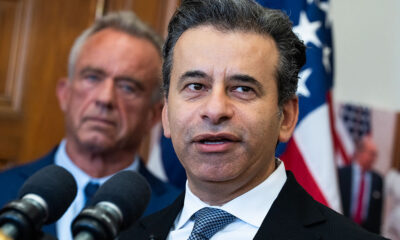
 Health1 week ago
Health1 week agoFDA Launches Fast-Track Review for Nine Innovative Therapies
-

 Lifestyle1 week ago
Lifestyle1 week agoLongtime Friends Face Heartbreak After Loss and Isolation
-
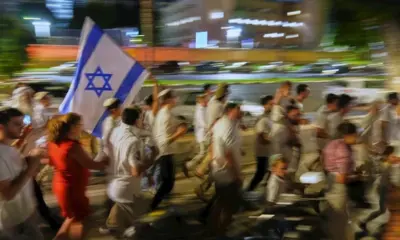
 Politics1 week ago
Politics1 week agoIsraeli Air Strikes in Lebanon Kill One, Wound Seven Amid Tensions
-
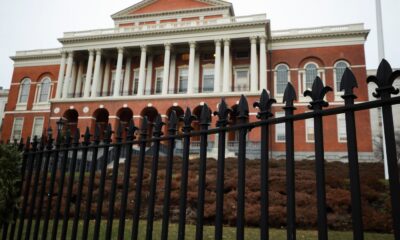
 Politics1 week ago
Politics1 week agoMassachusetts Lawmakers Resist Audit After Voter Mandate
-
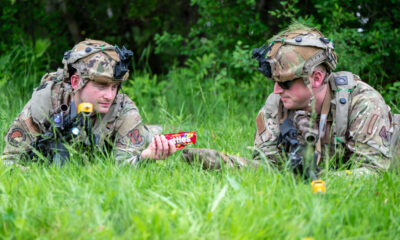
 World1 week ago
World1 week agoTroops to Enjoy Buffalo Chicken, Thai Curry in 2026 MREs
-

 Business1 week ago
Business1 week agoMaine Housing Inventory Surges to Post-Pandemic High
-

 Top Stories1 week ago
Top Stories1 week agoUnforgettable Moments: The Best Victoria’s Secret Performances
-

 World1 week ago
World1 week agoGlobal Military Spending: Air Forces Ranked by Budget and Capability
-

 Lifestyle1 week ago
Lifestyle1 week agoJump for a Cause: San Clemente Pier Hosts Fundraiser Event









